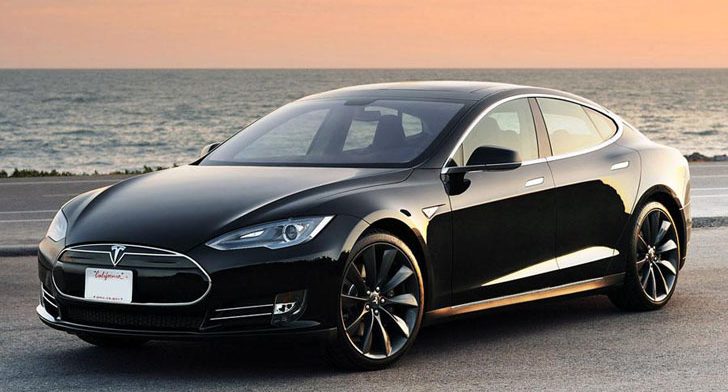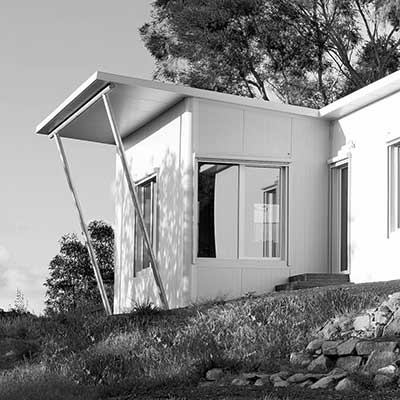 Carbon emissions are expected to be lowered with electric cars like the Tesla
Carbon emissions are expected to be lowered with electric cars like the Tesla Lowering our carbon emissions is the goal of the decade, no, the century.
Tackling Climate Change
We need to tackle climate change and reducing our carbon emissions must be part of that project. This is something that we need to address wherever we can, and not in a piecemeal fashion.
For example, we can lower our carbon emissions by consuming less, or by wasting less. Another way we can reduce our carbon emissions is to be more efficient in our design and construction.
Are Electric cars the answer?
Our climate change problem has many possible solutions. What about electric cars? Do they reduce our carbon emissions?
It has been suggested that Tesla’s electric cars might not be as green as people think.
New trends
People readily latch on to the latest trend or new technology because of claims that they will improve lives or save the world.
New technology is important of course.
And trends can be fantastic.
But sometimes people latch on to these things in preference to doing the things we can already do based on existing technologies.
Sometimes that’s because we prefer the latest headline – the “newsworthy” item – over things that are fundamentally the same over the decades. Like science.
The fundamentals
In particular, like building physics.
At Superpod®, we are interested in old school fundamentals, as well as being open to new technologies and keeping an eye on trends.
Our old school interest in building physics is tried and true. It’s proven to work. It doesn’t need a whole lot of technology to perform well in lowering our carbon output. So it makes a lot of sense to do it in order to reduce our carbon emissions.
Yes, it’s just plain old science – physics and maths – that holds the keys to our sustainable future. And yes, building physics can lower carbon emissions.
That’s because using physics can result in less reliance on equipment that needs power.
Like heaters, coolers, or split systems.
Take a look at a page of our physics spreadsheet used for passivhaus designs here.
But, yawn, physics and maths is so old school. It’s so boring. Which is part of why it remains on the edges of building design, instead of in the mainstream.
What’s more, science can be hard.
Passive House
This is the basis of passivhaus. Or Passive House. Or, to be exact, the International Passive House Standard.
Building physics tells us that continuous insulation makes a difference to capturing heat (just like a car retains heat on a hot day with the windows closed), and it also makes a difference to keep cooler temperatures inside (like a car, except that you need to keep it in the shade on a hot day).
Building physics tells us that sealing a container helps you control the temperatures inside it. And controlling your ventilation is better than leaks.
There’s more, which you can see on the International Passive House Websites, or our site right here.
Try building physics to tackle climate change
If you want your next building to solve climate change problems, try building physics. You never know, you might find it exciting. And reducing your carbon emissions can also go hand in hand with comfort and health. Now that’s really cool. Innovative. Disruptive. Go for it!





